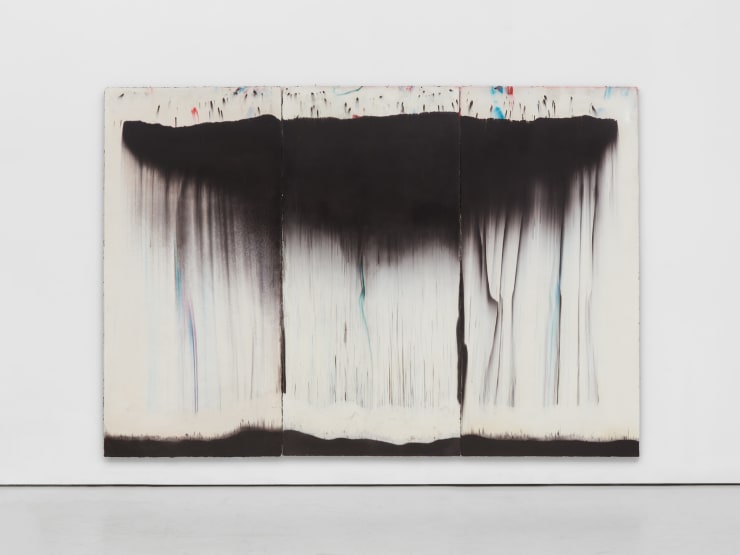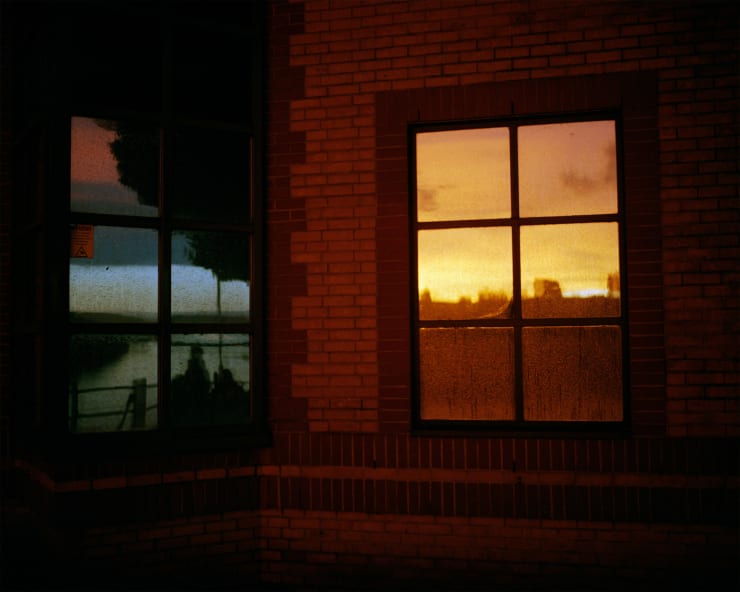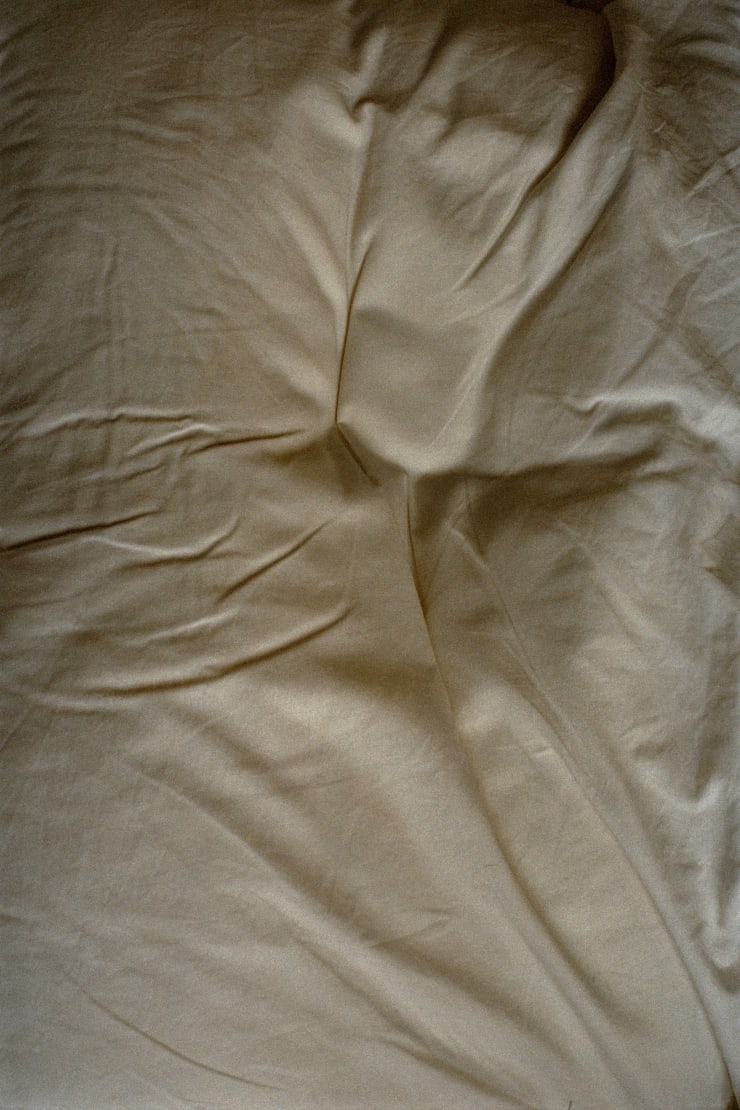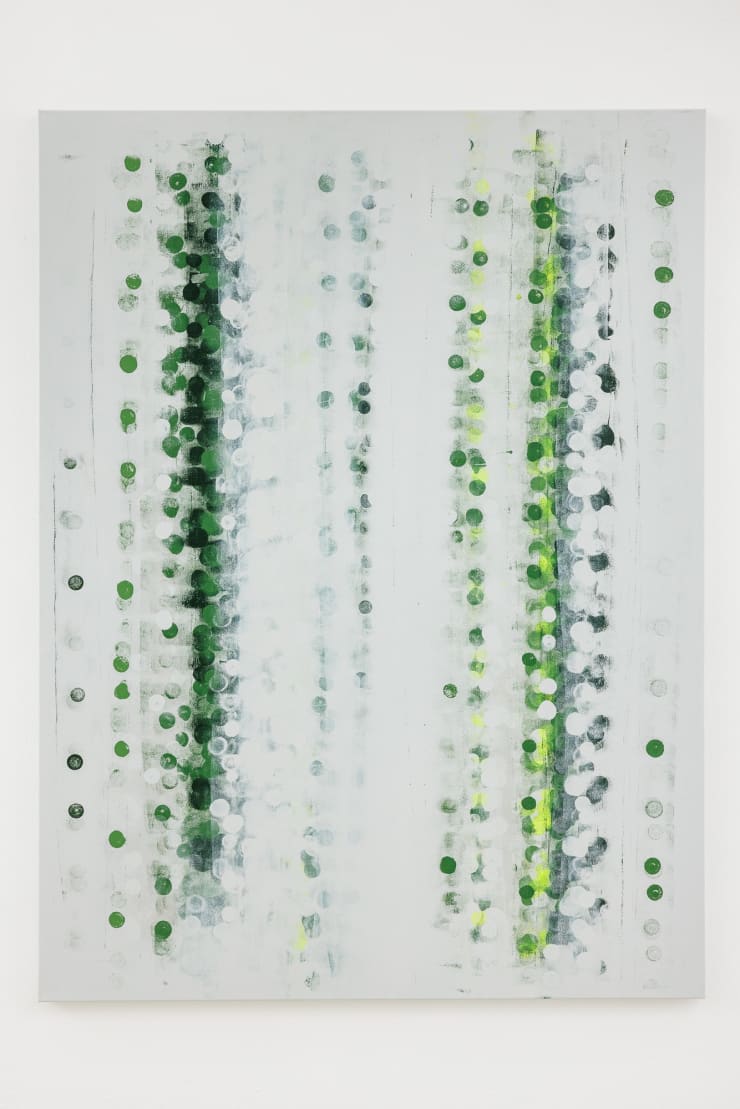Curated By: GLOSSARY - curated by Sacha Craddock
Galerie Kandlhofer invited Sacha Craddock to curate an exhibition for this year’s edition of Curated By. The exhibition will show works by Tereza Červeňová, Harminder Judge, Andreas Reiter Raabe and Jessica Warboys.
-
 Harminder JudgeUntitled (orchid, chest), 2023plaster, polymer, pigment, scrim, oil200 x 203 x 4 cm
Harminder JudgeUntitled (orchid, chest), 2023plaster, polymer, pigment, scrim, oil200 x 203 x 4 cm
78 3/4 x 79 7/8 x 1 5/8 in -
 Harminder JudgeUntitled (leg over arm and ground bending), 2023plaster, polymer, pigment, scrim, oil342 x 235 x 4 cm
Harminder JudgeUntitled (leg over arm and ground bending), 2023plaster, polymer, pigment, scrim, oil342 x 235 x 4 cm
134 5/8 x 92 1/2 x 1 5/8 in -
 Tereza ČerveñováCrosses, 2023analogue chromogenic print on Fuji Matt paper64 x 43.5 cm
Tereza ČerveñováCrosses, 2023analogue chromogenic print on Fuji Matt paper64 x 43.5 cm
25 1/4 x 17 1/8 in -
 Tereza ČerveñováPortals, 2023analogue chromogenic print on Fuji Matt paper80.5 x 100 cm
Tereza ČerveñováPortals, 2023analogue chromogenic print on Fuji Matt paper80.5 x 100 cm
31 3/4 x 39 3/8 in -
 Tereza ČerveñováSheets (to lie with), 2023analogue chromogenic print on Fuji Matt paper64 x 43.5 cm
Tereza ČerveñováSheets (to lie with), 2023analogue chromogenic print on Fuji Matt paper64 x 43.5 cm
25 1/4 x 17 1/8 in -
 Tereza ČerveñováConstellation of Stars, 2023analogue chromogenic print on Fuji Matt paper92 x 142 cm
Tereza ČerveñováConstellation of Stars, 2023analogue chromogenic print on Fuji Matt paper92 x 142 cm
36 1/4 x 55 7/8 in -
 Tereza ČerveñováStairs (between the Sun and the Moon), 2022analogue chromogenic print on Fuji Matt paper63.5 x 43.5 cm
Tereza ČerveñováStairs (between the Sun and the Moon), 2022analogue chromogenic print on Fuji Matt paper63.5 x 43.5 cm
25 x 17 1/8 in -
 Tereza ČerveñováWaterloo Stonehenge, 2023analogue chromogenic print on Fuji Matt paper100 x 80 cm
Tereza ČerveñováWaterloo Stonehenge, 2023analogue chromogenic print on Fuji Matt paper100 x 80 cm
39 3/8 x 31 1/2 in -
 Andreas Reiter Raabeo.T. , 2023Acrylic, Synthetic Resin, Epoxy, Mixed Media on Cardboard Tubes215 x 150 x 60 cm
Andreas Reiter Raabeo.T. , 2023Acrylic, Synthetic Resin, Epoxy, Mixed Media on Cardboard Tubes215 x 150 x 60 cm
84 5/8 x 59 x 23 5/8 in -
 Andreas Reiter Raabeo.T. , 2018/2022Acrylic, Synthetic Resin, Epoxy, Mixed Media on Cardboard Tubes90 x 45 x 198 cm
Andreas Reiter Raabeo.T. , 2018/2022Acrylic, Synthetic Resin, Epoxy, Mixed Media on Cardboard Tubes90 x 45 x 198 cm
35 3/8 x 17 3/4 x 78 in -
 Andreas Reiter Raabeo.T., 2022Acrylic and lacquer on canvas160 x 120 cm
Andreas Reiter Raabeo.T., 2022Acrylic and lacquer on canvas160 x 120 cm
63 x 47 1/4 in
The action somehow in Tereza Červeňová’s photographs, is held still. They are about, or of, a decision to allow layers of actuality to be caught across the surface; a sort of dive into space brought up to flatness. So much is going on off the side, of course, elsewhere, and everywhere. Or perhaps nothing is happening anywhere, that can have visual, formal, even aesthetic significance till held, not so much still, but as an example of place, space, and insignificant continuity. While the artists in the show have a roundabout, back to front, approach to a subsequent result, Červeňová’s photographs arrive in differing size and scale as perhaps stripping observation, to be shared, understood and appreciated in part for the continuation of the Modernist dream about the observation of elements, cut out ,collaged into consciousness. The loveliness of the disturbed flat sheet, a wall, the reflection in a window; really anything that brings the smear, tear, crumple, layered levels of visual language together. Červeňová’s photographs take on a role that washes up and away an exact sense of direction and subject, in order to remain in the role they play. The photograph, in this case mimics the whoosh of the chemical that in real life washes across the surface of photographic paper, and so with production mimicking the subject, form and content meet in the middle to become not just a self-defining image but a page holder as it were, in the relationship between art and photograph.
-
 Installation View: GLOSSARY - curated by Sacha Craddock , 2023
Installation View: GLOSSARY - curated by Sacha Craddock , 2023 -
 Installation View: GLOSSARY - curated by Sacha Craddock, 2023
Installation View: GLOSSARY - curated by Sacha Craddock, 2023 -
 Installation View: GLOSSARY - curated by Sacha Craddock , 2023
Installation View: GLOSSARY - curated by Sacha Craddock , 2023 -
 Installation View: GLOSSARY - curated by Sacha Craddock, 2023
Installation View: GLOSSARY - curated by Sacha Craddock, 2023 -
 Installation View: GLOSSARY - curated by Sacha Craddock, 2023
Installation View: GLOSSARY - curated by Sacha Craddock, 2023 -
 Installation View: GLOSSARY - curated by Sacha Craddock, 2023
Installation View: GLOSSARY - curated by Sacha Craddock, 2023 -
 Installation View: GLOSSARY - curated by Sacha Craddock, 2023
Installation View: GLOSSARY - curated by Sacha Craddock, 2023 -
 Installation View: GLOSSARY - curated by Sacha Craddock, 2023
Installation View: GLOSSARY - curated by Sacha Craddock, 2023 -
 Installation View: GLOSSARY - curated by Sacha Craddock, 2023
Installation View: GLOSSARY - curated by Sacha Craddock, 2023





















